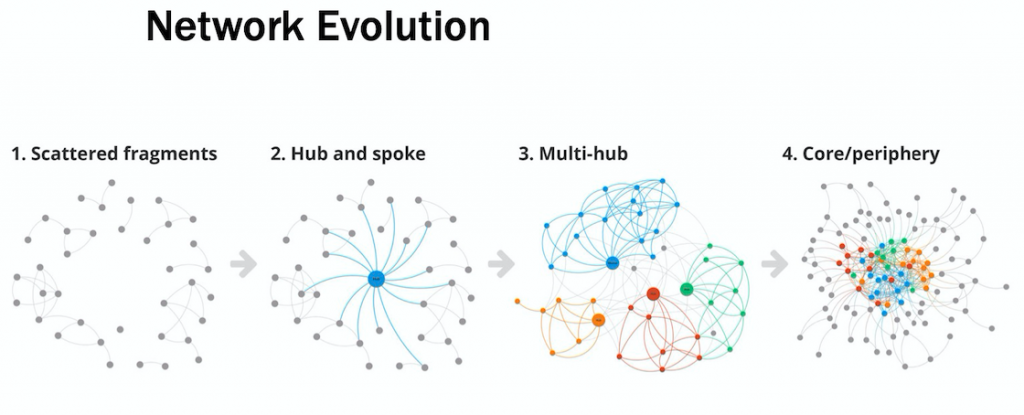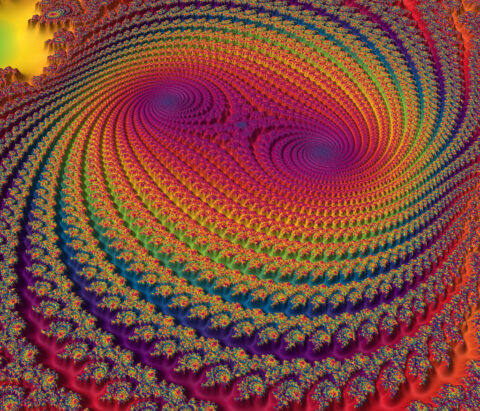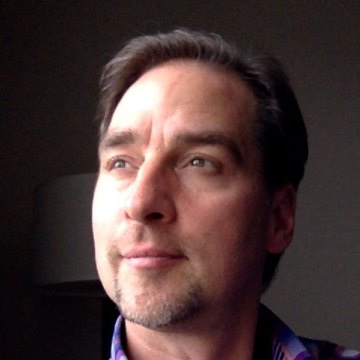Thinking Like an Octopus (and With a Collaborative Heart): Evolving and Interlocking Networks
“You’ve got to keep asserting the complexity and the originality of life, and the multiplicity of it, and the facets of it.”
Toni Morrison
A network that I have been a part of for a number of years is seeing the emergent proliferation and strengthening of other related networks (some more adjacent than others) in its shared geographic and issue spaces. While this is welcomed overall, and sets up the potential for a more robust movement network and core-periphery structure (see image below), there are also some discussions within the network about how this proliferation constitutes an opportunity versus a looming threat or conflict.

There is plenty being written about the power of collaboration to solve complex problems and shift undesirable patterns, and one of the persistent barriers to collaboration is the default competitive and protective instinct found in individuals and groups. There are good and long-standing evolutionary reasons for “watching out for number one,” so this impulse can be fairly baked in. And there are also good reasons for understanding and leaning into “collaborative advantage” (see, for example, the work of evolutionary biologist David Sloan Wilson on multi-level selection).
“One step is to recognize that ‘ideologies extolling individualism, competition, untrammeled free markets, and conversely, disparaging cooperation and equality’ (as Turchin puts it) have no scientific justification. An unregulated organism is a dead organism, for the body politic no less than our own bodies.”
David Sloan Wilson
And of course, there are plenty of examples of “taking the high road” only to have someone else take advantage of this, which can leave us feeling like we are living in the prisoner’s dilemma. So what is a network to do? Well, if your values include collaboration and justice, then you do your best to lead by example. Which is where a recent network stewardship team conversation left us. And as often happens with this group, things continued to marinate and then one of our members sent the following beautiful email, reminding us of her experiences in a related network of networks.
“The dynamics we discussed reminded me a lot of what we have experienced at our organization since 2009, so if you’ll indulge me for a few minutes I’ll try to lay it out here. In late 2007, we piloted a new cooperative venture and launched the FL Collaborative in 2009. Our vision and aspirations were to bring a cross sector of people and organizations together to address the root causes of the problems facing our sector and relevant communities.
One of the first things the FL Collaborative really wanted to focus on was replicating the cooperative model, and our organization was tasked with doing that. And we did. Pretty soon it became clear that we couldn’t both do that and hold the bigger vision and aspirations. But to be honest, I didn’t want to admit that.
By 2011, the LC Network started to emerge from the FL Collaborative. My first reaction was that we have competition. But very soon it became clear that the LC Network was serving a role our staff and the FL Collaborative couldn’t serve. The LC Network was beginning to pull together elements of what it takes to shift the supply chain from one that is value-less to one that is value-full. The kind of technical support the sector and visionaries needed began to emerge through the LC Network.
By 2014, the SF Network (another network) began to percolate out of the FL Collaborative. And again I found myself triggered by the potential competition. What the SF Network was beginning to offer was the ‘social’ space. When our organization and the FL Collaborative were hosting a series of community gatherings and various social events that allowed us to have a public facing part, SF was emerging as being able to offer that. Another thing we could take off of our staff’s plate so we can focus on our bigger vision and aspirations.
The FL Collaborative, in the meanwhile, began to morph into the political and advocacy space. That’s where we think through policy shifts, organizing opportunities, connectivity, and alignment around the broader vision of what the future of the sector and larger system can look like and what it might take to get us there. Those who are engaged in each of these networks are doing things that they can easily wrap their heads around and inspires them most.
Today, I talk about these three networks as three tentacles of an octopus with our organization holding the space of the head of the octopus. Because our staff was not liberated to focus more fully on the shared values, bigger vision, the bigger story, connectivity, etc., all these three networks are interlocked by a shared set of values, a common vision, and organizing strategies.
Our staff are the ones who are asking the bigger questions of each of these networks when they seem to go off track. We are the ones who are finding the resources needed to get them to think about how racial equity is or isn’t showing up there (and we get most of that from [the network for which the readers of the email are the stewardship team]). So without sounding too egotistical, our staff is tasked with holding the moral center of all of this work whether it comes to the connections, strategies, resources, stories, organizing, etc. There is probably a better word than the moral center, but that’s the only thing that is coming to me right now.
More tentacles might emerge, and I hope they do as we identify gaps in this work. And I hope I can remain humble enough to not see them as competition but as a valuable addition to the family.“
It takes work, real intention and effort, to stay grounded and humble, to practice discernment and to keep perspective, to keep asserting the larger picture of complexity, to honor the need for deeper collaboration and more allies, to have faith in the possibilities that we cannot yet see through the growing entanglement of intersections. Even better when you can depend on others to help you out with this! With #gratitude to so many.
“Weave real connections, create real nodes, build real houses.
Live a life you can endure: Make love that is loving.
Keep tangling and interweaving and taking more in,
a thicket and bramble wilderness to the outside but to us
interconnected with rabbit runs and burrows and lairs.Live as if you liked yourself, and it may happen:
reach out, keep reaching out, keep bringing in.
This is how we are going to live for a long time: not always,
for every gardener knows that after the digging, after
the planting,
after the long season of tending and growth, the harvest comes.”
Marge Piercy, from her poem “Seven of Pentacles”

Originally published at Interaction Institute for Social Change
Featured Image from Giulian Frisoni
Curtis Ogden is a Senior Associate at the Interaction Institute for Social Change (IISC). Much of his work entails consulting with multi-stakeholder networks to strengthen and transform food, education, public health, and economic systems at local, state, regional, and national levels. He has worked with networks to launch and evolve through various stages of development.
PLEASE DONATE to help Network Weaver continue in it’s mission to offer free support and resources to networks worldwide.

